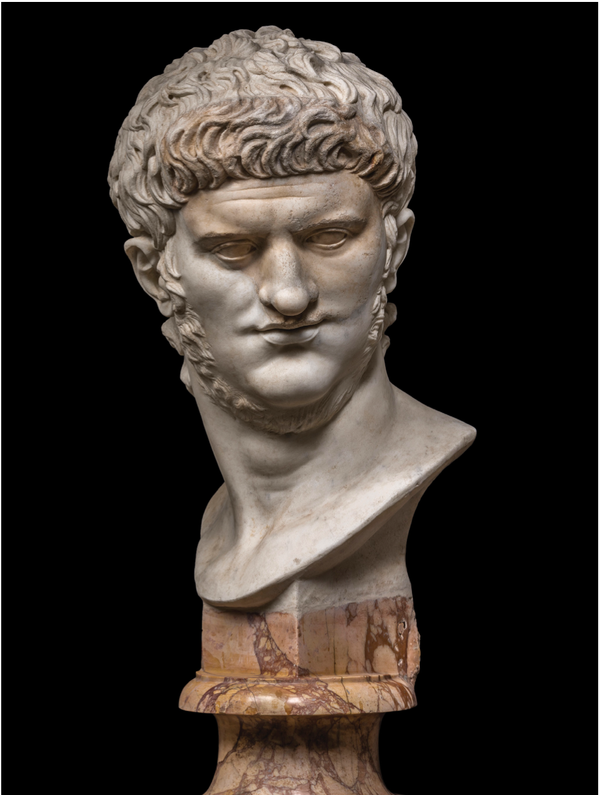Two Hundred years of Solitude - Comes to an end!
Summer of Reunions - Rubens’ Landscaptes: A view of Het Steen in the Early Morning and The Rainbow Landscape are reunited after over 200 years at the latest exhibition in The Wallace Collection

Rubens: Reuniting the Great Landscapes
★★★★★
- What: Exhibition
- Where: The Wallace Collection
- When: Until 15th August
- Cost: Free
Paintings like any other form of artistic expression – never serve stand alone and derive their full appreciation from both their form and the circumstances (and intent) of their creation. Historical catalogues are full of artwork that artists intended to serve as a pair (or collection) – to be displayed in a certain physical location, or together with another piece. To displace this intent, an integral part of the artwork’s story, by separating them – is to do grave injustice to the artists creation and dilutes the experience for the viewer; for as the British Landscape artist John Constable remarked - ‘When pictures painted as companions are separated… the purchaser of one, without being aware of it, is sometimes buying only half a picture’.
However, an artists will, or intent is a lost voice in the fabric of time. As with any auteur and his work — once the gavel strikes at the auction house, the intent is only appreciated to contextualise the work’s conception and is rarely honoured. And so it is that today, there are numerous examples of artwork – separated over decades and centuries – each telling one half of an old story envisioned in one stroke by the artist.
To redress this rampant injustice — loans secured through a landmark collaboration between The Wallace Collection and The National Gallery has generated one of the most euphoric reunion exhibitions in the Art world — Rubens: Reuniting the Great Landscapes. The exhibition brings together Rubens much celebrated ‘A view of Het Steen in the Early Morning’ and ‘The Rainbow Landscape’ after over 200 years.
Destined to be hung in his country home in Het Steen, these grand paintings were separated in London auction houses in the early 19th century. And despite efforts to reunite them by gallery directors — they ended up in different enclaves within London, one at The National Gallery and the other at The Wallace Collection.
The oil on panel landscapes themselves need no introduction. These landscapes were painted by Ruben for his own pleasure towards the end of his life at his estate in Het Steen. They capture the idyllic lifestyle of country living with a wonderful juxtaposition of flourishes of the High Renaissance style and the early impressions of the Flemish Baroque style — championed by Rubens himself. Over the years these paintings have achieved mythical status and have inspired a slew of imitators and landscape artists in its wake (including the John Constable with his Salisbury Cathedral from the Meadows and The Hay Wain).
To paraphrase the exhibition — these paintings, uncommissioned works of an artist unencumbered by obligations and constraints, are a living document of Rubens’ artistic mind at work.
The exhibition is hosted in small quarters, just two rooms — one, where a 12-minute informative video loop informs the viewer of the paintings’ history, and the other — hosting the paintings themselves. Standing grand at over 6-feet in breadth, the paintings facing each other dominate the room. This juxtaposition of the two paintings highlights their status as a pair and allows for a much deeper appreciation of the creative process behind them. The mirroring regions of sunlight and shade in the paintings become more apparent.
One of the first things to notice are the new ornate matching frames for the paintings — which are recent additions courtesy of the exhibition. These frames certainly bring out the best elements of the paintings when viewed together and add a touch of historical honesty to them and to their status as a pair.
In little points such as this — it is breath-taking to see the exhibition strike the right chord.
Speaking to Felix, the director of The Wallace Collection Dr. Xavier Bray, commented that, “Where it is physically possible museums and galleries are always willing to enable such (reunion) exhibitions… and we are constantly looking into this”, shining a light for a more optimistic future.
Exhibitions such as Ruben’s: Reuniting the Great Landscapes and the recently concluded Titian: Love, Desire and Death (see issue 1749 for our review) are welcome signs in a stagnant Art industry — exhibitions that strive to recapture the contextual narrative of paintings and the painter rather than to go for breadth. Not that this reductionism makes the exhibition trivial or unambitious — In a world where to tell a story by spamming tens of exhibits spanning an artist’s entire milieu is an industry, to tell them so poignantly with only a few (and as in this case two) — is an art! It is glad to see The Wallace Collection achieve this with such reverence to Ruben and his work.








